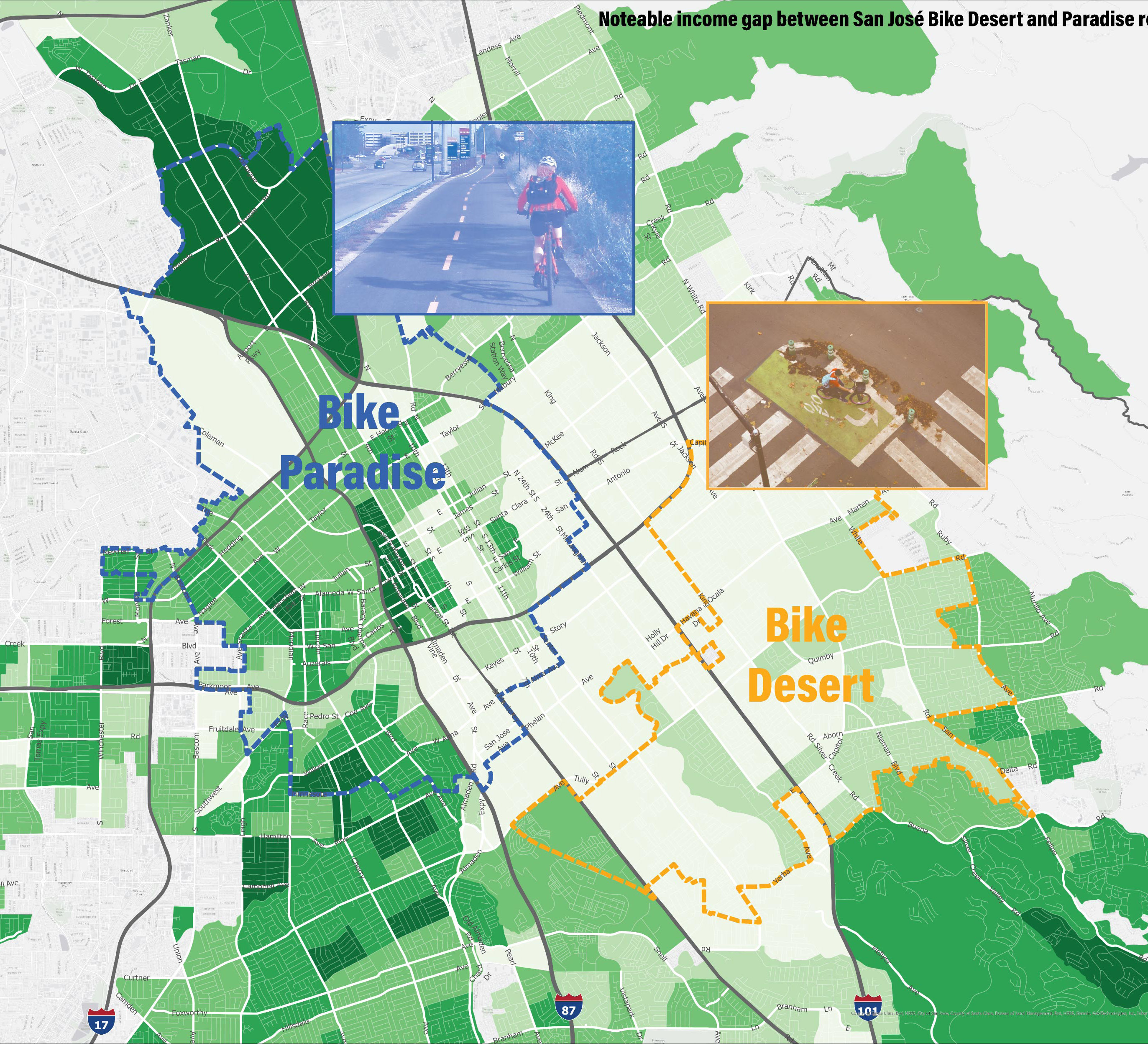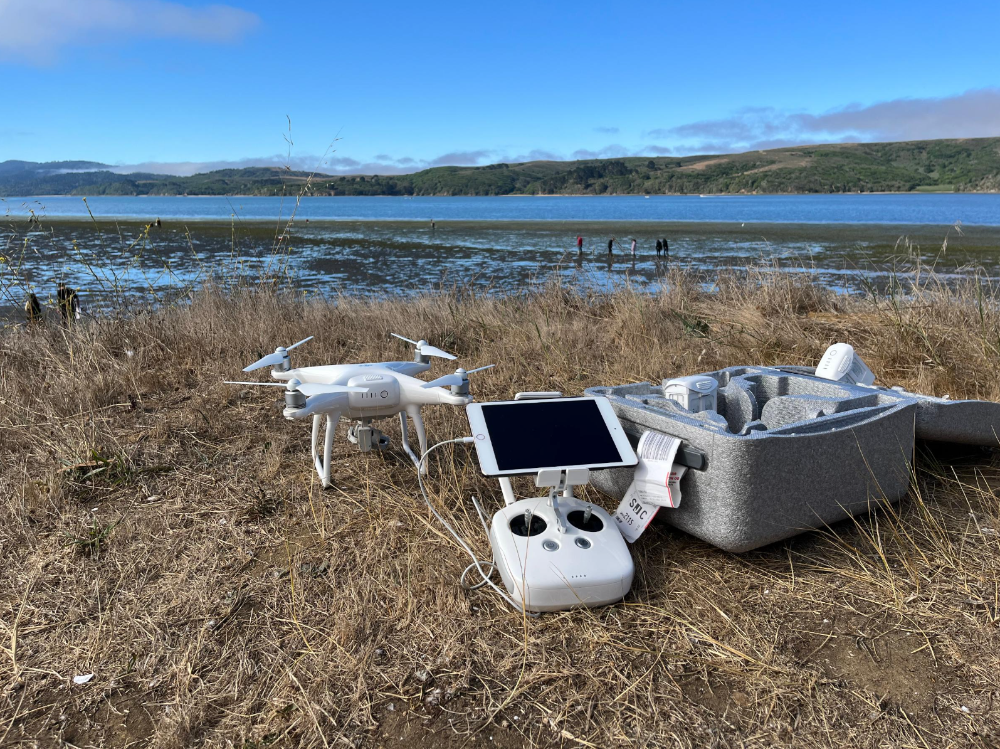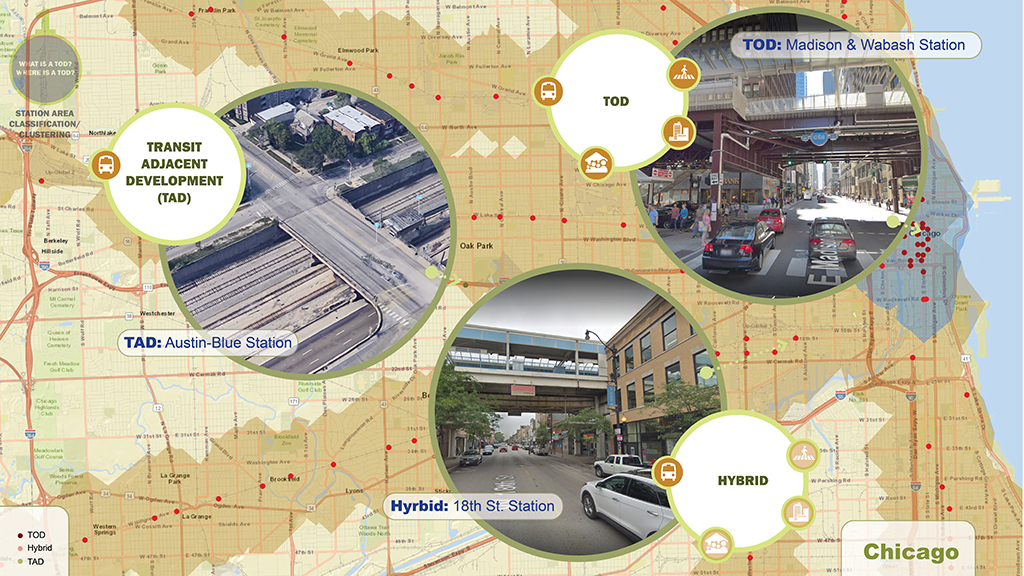
Furthering justice with spatial analytics & visualization!
Welcome to the Spatial Analytics and Visualization Institute (SAVI) page, an official SJSU Campus Institute in the California State University system. We are the only CSU Institute in Northern California to implement advanced GISci techniques for justice, equity, and democracy research and education! SAVI uses the power of geography and Geographic Information Science to produce impactful research and professional services with focus on furthering justice, equity, and democracy to serve our university departments, neighborhood organizations, public agencies and private sector entities in Silicon Valley and the Bay Area.
News

Join the Data & Democracy Workshops Aug 2024!
Join the Data & Democracy Workshops Aug 2024! This series is designed to empower election officials, policy professionals, and researchers to undertake data-driven projects that bolster free and fair elections. Learn Python, R, Opensource GIS for electoral innovation, and dive into queuing theory, optimize resources. Presented by the Spatial Analytics and Visualization Institute (SAVI) at San José State University and the Public Interest Technology University Network (PIT-UN), each three-hour workshop features a combination of short lectures on conceptual and theoretical knowledge, lab sessions and exercises. Plus, graduates can participate in GIS Day at San José State in November, 2024 (registration opens in August).
Featured Project

Past Events

Coastal ecosystems and eelgrass habitats provide important services to the marine environment, including primary production, carbon storage, nutrient cycling, habitat for fisheries species, and erosion control. UASs with high spatial resolution, temporal flexibility, and cost-effectiveness for repeat photogrammetry, afford a significant advancement in other remote sensing approaches for coastal mapping, habitat monitoring, and environmental management. They provide essentially on-demand remote sensing at low cost and with reduced human risk. Drone imagery will be collected at least annually in coordination with in situ samplings which will also be used to validate the imagery by ground-truthing across a range of points within each meadow. Because eelgrass extent in some regions is subtidal and challenging to visualize from the air, we utilize DJI Phantom 4 Pro (RGB) and DJI Inspire (multispectral) drones and related drone mapping technology through Esri Drone2Map. Each year, ideally we allocate 4-6 days at each site for each drone mission to maximize ideal conditions for collecting drone imagery, striving for lowest spring tides, and calm, bright conditions with roughly vertical sunlight.


